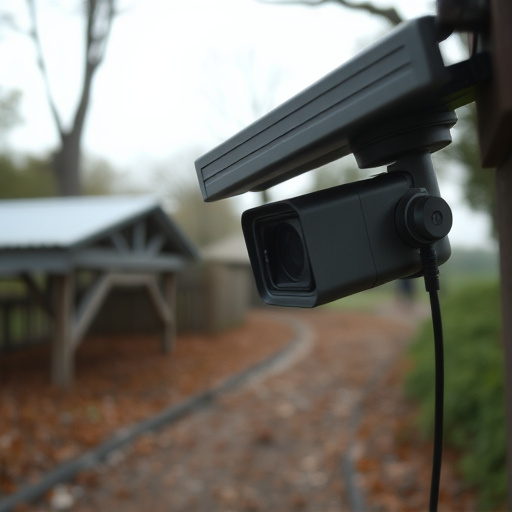Understanding radio frequency (RF) technology is crucial in detecting hidden nanny cams, especially in sensitive areas like bedrooms and bathrooms. By knowing the specific RF frequencies these devices use, individuals can protect their privacy and take proactive measures against potential breaches. While many regions have laws governing hidden cameras, responsible placement like wall-ceiling junctions or behind decorative items enhances security. Transparency and ethical use are paramount; nanny cams should be a last resort for genuine security concerns, avoiding invasive surveillance.
Uncover the secrets behind hidden cameras with our comprehensive guide on detecting them using radio frequency (RF) technology. Learn how RF signals empower you to locate covert surveillance devices, ensuring your privacy and safety. From understanding the intricate workings of RF in hidden cams to exploring advanced detection tools and legal frameworks, this article equips you with knowledge. Discover effective strategies for identifying these hidden threats, especially in domestic settings, and stay informed about ethical considerations when using detectors, including where to strategically place them to avoid potential privacy breaches.
- Understanding Radio Frequency (RF) Technology in Hidden Cameras
- Locating Hidden Cameras: Tools and Techniques for Detection
- Legal Considerations and Ethical Use of Nanny Cam Detectors
Understanding Radio Frequency (RF) Technology in Hidden Cameras
Hidden cameras, also known as nanny cams, often utilize radio frequency (RF) technology to transmit video signals discreetly. Understanding RF technology is crucial when it comes to detecting and locating these hidden devices, especially in situations where nannies or caregivers are monitoring children or vulnerable adults. RF technology allows for wireless communication, making it an ideal choice for installing cameras in hard-to-reach or out-of-sight areas like bedrooms, bathrooms, or offices—wherever one might want to hide a nanny cam.
RF signals can be detected using specialized equipment that intercepts and analyzes the radio waves emitted by these devices. By understanding the specific RF frequencies commonly used by hidden cameras, individuals can proactively search for such devices in their homes or workplaces. This knowledge empowers people to safeguard their privacy and ensure that nannies or other caregivers are not invading their personal spaces by hiding cameras in inappropriate locations, such as where to hide nanny cams in a bedroom or bathroom.
Locating Hidden Cameras: Tools and Techniques for Detection
Locating hidden cameras, often referred to as nanny cams, requires a combination of specialized tools and keen observation. One of the primary methods is using radio frequency (RF) detectors. These devices pick up signals from the tiny transmitters embedded in many covert cameras, helping users pinpoint their location. RF detection is particularly useful for identifying hidden cameras in places like homes or offices where electromagnetic interference can make other techniques less reliable.
Beyond RF technology, professionals often employ heat sensors and infrared imaging to detect unusual temperature variations that might indicate the presence of a camera. By analyzing patterns of heat distribution, these tools can uncover hidden devices, especially in environments with complex lighting setups. Additionally, physical inspections are crucial; checking for any signs of tampering or unusual fixtures can lead to the discovery of covert recording equipment.
Legal Considerations and Ethical Use of Nanny Cam Detectors
When using nanny cam detectors, it’s crucial to balance technological prowess with legal and ethical boundaries. In many jurisdictions, hiding cameras in homes or places of work is legally permissible as long as certain conditions are met—for instance, providing notice to individuals being recorded. However, the location of these devices is key; placing them in hidden spots like where walls meet ceilings or behind decorative items can be acceptable for security purposes, but always check local laws and respect privacy rights.
The ethical use of nanny cam detectors involves striking a balance between ensuring safety and fostering trust. Transparency is essential—informing all parties that a camera is active helps maintain integrity in relationships. Moreover, understanding where to hide nanny cams responsibly requires a thoughtful approach, ensuring they are not used for invasive surveillance or harassment but rather as a last resort for genuine security concerns.
Detecting hidden cameras using radio frequency (RF) technology is a crucial skill in ensuring privacy and security. By understanding how RF works in these devices, one can effectively locate hidden nanny cams using specialized tools. While legal considerations must be kept in mind when employing such detectors, ethical use ensures a balanced approach to safety and respect for privacy. Knowing where to hide nanny cams—both physically and technologically—is key to maintaining a secure environment without infringing on personal freedoms.
